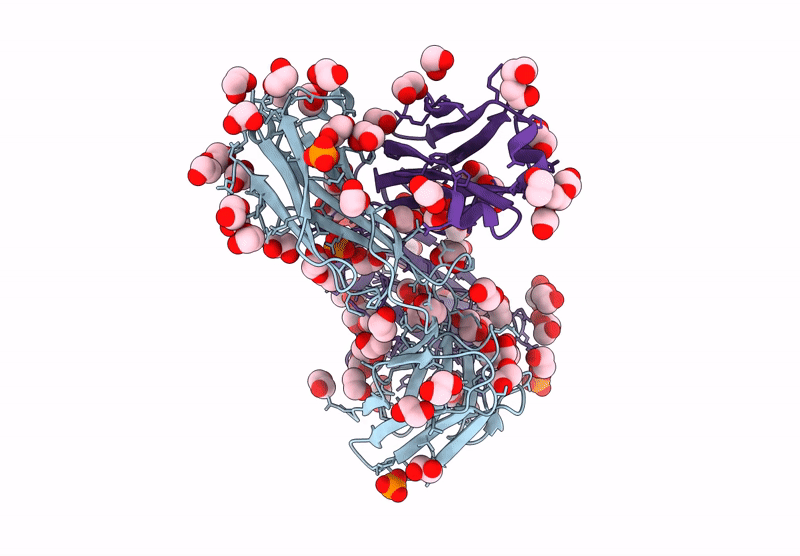
Deposition Date
2024-01-17
Release Date
2025-01-22
Last Version Date
2025-01-22
Entry Detail
PDB ID:
8XWZ
Keywords:
Title:
Non-crystalline proximal tubulopathy and crystalline cast nephropathy-causing Bence-Jones protein PT-CN: An entire immunoglobulin kappa light chain dimer
Biological Source:
Source Organism:
Homo sapiens (Taxon ID: 9606)
Method Details:
Experimental Method:
Resolution:
2.30 Å
R-Value Free:
0.25
R-Value Work:
0.20
R-Value Observed:
0.20
Space Group:
P 41 21 2


